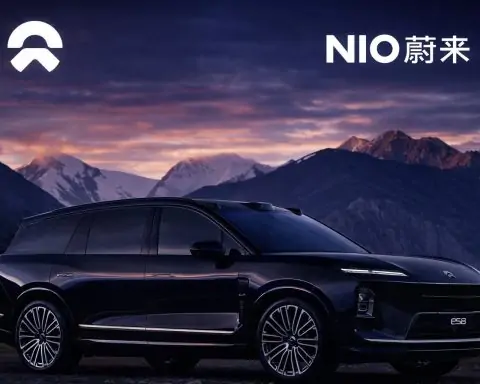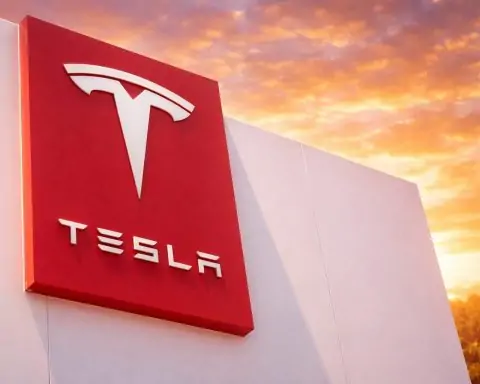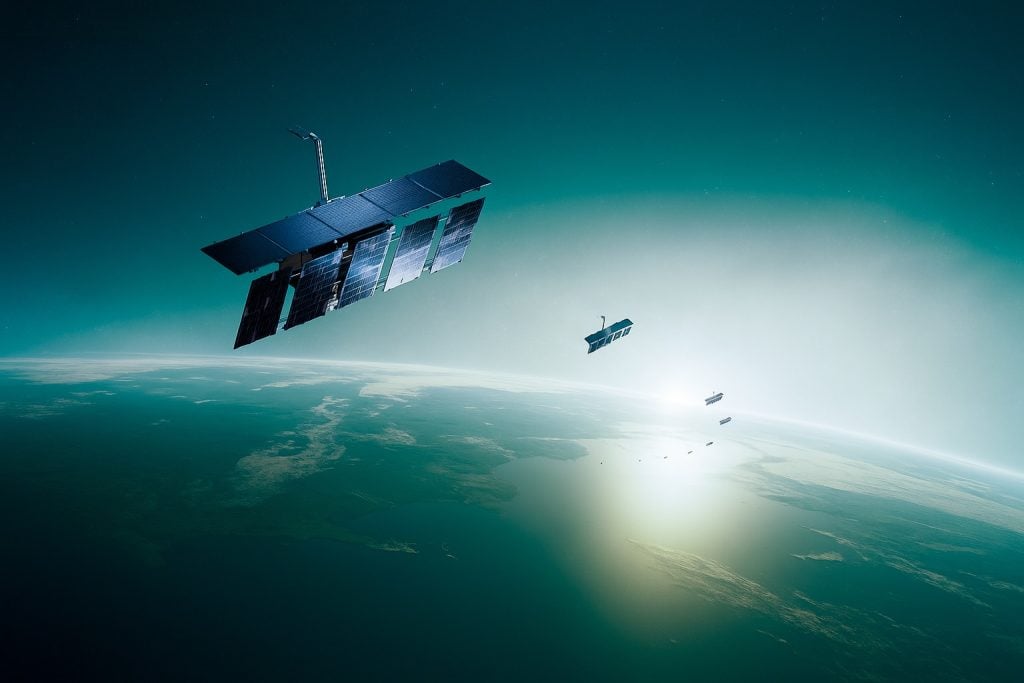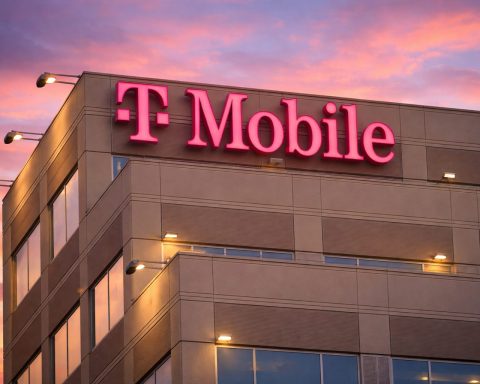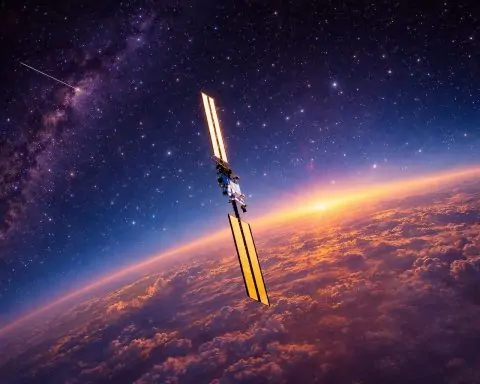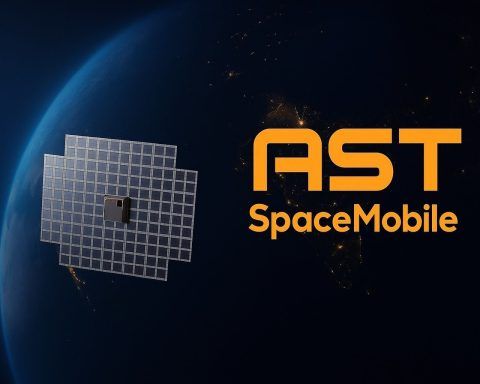- On 1 October 2025, T-Mobile and SpaceX will enable third‑party app data for a curated list of apps (WhatsApp, X, Google, Apple, AccuWeather, AllTrails) after the commercial SMS/MMS debut on 23 July 2025.
- SpaceX has placed more than 650 direct‑to‑cell satellites in orbit, with 657 currently operational forming the initial U.S. mesh.
- U.S. coverage now spans about 500,000 square miles, with capacity projected to double by 2026 as more satellites with 2 GHz payloads launch.
- The FCC approved the service in November 2024 as a “public‑interest benefit” and said it can support 911 access in remote areas while deferring higher power limits.
- Academic measurements show initial downlink around 4 Mbps per beam, rising to about 12 Mbps if regulators relax power‑flux limits.
- Any LTE/5G phone that supports band 2 (PCS) will roam automatically to T‑Satellite when terrestrial signal falls to −125 dBm or lower, with no firmware update required.
- The 23 July 2025 launch delivered SMS on iOS and Android plus Android MMS, and the 1 October 2025 milestone will unlock third‑party app data.
- The feature is bundled in the premium “Experience Beyond” plan, with all other users able to subscribe for $10 per month.
- SpaceX began launching DTC‑capable “V2 mini” satellites in January 2024 and has since placed over 650 in orbit.
- Rival AST SpaceMobile launched its first five Block‑1 production satellites in October 2024, aiming for roughly 120 Mbps peak per satellite.
SpaceX’s Starlink constellation and T‑Mobile’s “T‑Satellite” network are racing toward a milestone moment: on 1 October 2025 the service will graduate from today’s SMS‑only beta to full third‑party app data, letting ordinary smartphones send WhatsApp messages, refresh AllTrails maps, and even check AccuWeather forecasts in places where no terrestrial tower exists. The upgrade follows FCC clearance, months of beta testing, and the quiet launch of more than 650 direct‑to‑cell (DTC) satellites. Below is a deep‑dive report on the facts, the tech, the business, and what comes next.
1. Key Findings
- App data goes live 1 Oct 2025 for a curated list of partners (WhatsApp, X, Google, Apple, AccuWeather, AllTrails) after the commercial SMS/MMS debut on 23 July 2025. [1] [2]
- Beta demand is strong: >1.8 million users have preregistered—about 20 % coming from AT&T or Verizon. [3]
- Coverage already spans 500 000 sq mi in the U.S. with 657 Starlink DTC satellites; capacity will scale as more satellites with 2 GHz payloads launch. [4] [5]
- FCC gave first‑of‑its‑kind approval in Nov 2024, calling the service a “public‑interest benefit” that can support 911 access in remote areas. [6]
- Academic measurements peg initial downlink at ~4 Mbps per beam, rising to ~12 Mbps if regulators relax power‑flux limits. [7]
- Rivals are mobilising: AST SpaceMobile unfolded its first five production satellites in Oct 2024, courting AT&T and Verizon. [8]
- Executives insist ordinary phones need “no extra equipment”—a point stressed by both Elon Musk and Mike Sievert since the alliance was announced. [9]
2. How We Got Here: The SpaceX–T‑Mobile Alliance
T‑Mobile CEO Mike Sievert and SpaceX Chief Engineer Elon Musk first promised to “end mobile dead zones” at Starbase in Aug 2022, explaining that Starlink satellites would act “like a cell tower in the sky.” [10] [11] SpaceX began launching DTC‑capable “V2 mini” satellites in Jan 2024 and has since placed more than 650 in orbit. [12] [13]
3. What’s New: Third‑Party App Data on 1 October 2025
Teslarati broke the story that T‑Satellite’s next phase will unlock data for specific third‑party apps on 1 Oct 2025, starting with low‑bandwidth services such as messaging, community maps and weather. [14] Reuters later confirmed the timetable during a Bellevue launch event. [15]
3.1 Launch Sequence
| Date | Feature Set | Notes |
|---|---|---|
| 23 Jul 2025 | SMS (iOS & Android) + Android MMS | Included in T‑Mobile “Experience Beyond” plan; $10 mo for others. [16] [17] |
| 1 Oct 2025 | Third‑party app data | Curated list; developer portal opens for additional apps. [18] |
| 2026 (H1 target) | Voice & low‑rate data streaming | Dependent on FCC power‑flux decision. [19] [20] |
4. Coverage & Adoption Metrics
- 657 operational DTC satellites form the initial U.S. mesh, each with a steerable 2 GHz phased‑array able to illuminate ~1,900 sq mi footprints. [21] [22]
- 500 000 sq mi of land and coastal waters now fall inside some degree of coverage, a figure T‑Mobile aims to double by 2026 as V2 satellites add capacity. [23]
- Sign‑ups surged after a Super Bowl LVIII spot, according to T‑Mobile Marketing EVP Mike Katz. [24]
5. Technical Deep Dive
5.1 Spectrum & Antennas
Starlink satellites broadcast on PCS 1900/1990–2010 MHz licensed to T‑Mobile, using LTE Release 17 “Supplemental Coverage from Space” (SCS) waveforms. [25] [26] Each satellite’s 5 m×5 m array electronically steers beams to keep pace with 7.7 km/s orbital velocity—a point Musk jokes is “17 000 mph cell towers” on X. [27]
5.2 Capacity & Throughput
The first academic field‑test found median RSRP 24 dB weaker than ground LTE but acceptable for text; predicted ~4 Mbps per beam for the October data phase, expandable to 12 Mbps with higher EIRP. [28]
5.3 Handset Compatibility
Any LTE/5G phone that supports band 2 (PCS) will roam automatically to T‑Satellite when terrestrial signal hits −125 dBm or lower—no firmware update required. [29] [30]
6. Regulatory & Competitive Landscape
- FCC Approval (Nov 2024): The agency highlighted 911 access and remote‑area benefits but deferred a decision on higher power limits after complaints from AT&T and Verizon. [31]
- Legal Challenges: Verizon and AT&T petitioned the FCC to “throw a wrench” into the power‑limit waiver, fearing interference. [32]
- Rivals: AST SpaceMobile unfolded five Block‑1 satellites with 64 m² phased arrays and targets 120 Mbps peak per satellite; it still needs U.S. spectrum clearance. [33] Lynk Global offers intermittent texting in island nations with five satellites. [34]
7. Expert Voices
- Elon Musk: “The important thing about this is that it means there are no dead zones anywhere in the world for your cell phone.” [35]
- Mike Sievert (T‑Mobile CEO): “More than a groundbreaking alliance, this represents two industry‑shaking innovators challenging the old ways.” [36]
- Mike Katz (T‑Mobile CMO): Over 1.8 million preregistrations show “balanced interest between top‑100 metros and rural America.” [37]
- Devin Coldewey (TechCrunch): Building a satellite cell tower is “a lot harder” because phones must catch a “very quiet signal from 550 km overhead.” [38]
- FCC Chair Jessica Rosenworcel: Satellite‑to‑device partnerships “put an end to mobile dead zones” while spurring competition. [39]
8. Business Model & Pricing
- The satellite feature is bundled in the premium “Experience Beyond” plan; all other users (including Verizon/AT&T customers) can subscribe for $10 month. [40] [41]
- Analysts note the offer doubles as a free 5 G trial for rival subscribers, echoing T‑Mobile’s ground‑network “Network Pass” strategy. [42]
- Monetisation upside includes developer revenue‑share for data‑optimised apps and potential IoT tiers launching in 2026. [43] [44]
9. Outlook: Voice, IoT & Global Roaming
| Milestone | Target Date | Dependencies |
|---|---|---|
| Global reciprocal roaming deals | 2025‑26 | Spectrum alignment; carrier MoUs. [45] |
| Voice & limited video calls | 2026 H1 | FCC power‑flux ruling; V2 satellites with larger solar & battery margins. [46] [47] |
| IoT direct‑to‑cell | 2026 Q4 | Release‑18 NR‑RedCap support; new satellite firmware. [48] |
T‑Mobile and SpaceX have leapt from marketing promise to a concrete launch schedule backed by real satellites, real FCC licences and measurable field performance. The October data upgrade is modest—think maps and messaging, not Netflix—but it validates a paradigm where ordinary phones stay online literally anywhere you can see the sky. If regulatory hurdles fall and capacity scales as predicted, direct‑to‑cell could become as commonplace as Wi‑Fi calling—and legacy carriers that lack a satellite partner may soon find themselves in the real dead zone.
Selected Further Reading
- Teslarati, “Starlink Cellular’s T‑Mobile service to grow with third‑party app data,” 23 Jun 2025. [49]
- Reuters, “T‑Mobile to launch data service on satellite‑based network in October,” 23 Jun 2025. [50]
- The Verge, “T‑Mobile’s satellite service officially launches in July,” 23 Jun 2025. [51]
- FCC Public Notice, DA 24‑1043, 27 Nov 2024. [52]
- Garcia‑Cabeza et al., “Direct‑to‑Cell: A First Look…,” arXiv 2506.00283, 30 May 2025. [53]
References
1. www.teslarati.com, 2. www.reuters.com, 3. www.reuters.com, 4. www.reuters.com, 5. www.starlink.com, 6. www.theverge.com, 7. arxiv.org, 8. spacenews.com, 9. www.t-mobile.com, 10. www.t-mobile.com, 11. techcrunch.com, 12. www.reuters.com, 13. en.wikipedia.org, 14. www.teslarati.com, 15. www.reuters.com, 16. www.theverge.com, 17. www.reuters.com, 18. www.teslarati.com, 19. www.theverge.com, 20. arstechnica.com, 21. www.reuters.com, 22. www.starlink.com, 23. www.reuters.com, 24. www.reuters.com, 25. www.t-mobile.com, 26. arstechnica.com, 27. x.com, 28. arxiv.org, 29. www.t-mobile.com, 30. www.t-mobile.com, 31. www.theverge.com, 32. arstechnica.com, 33. spacenews.com, 34. spacenews.com, 35. www.t-mobile.com, 36. www.t-mobile.com, 37. www.reuters.com, 38. techcrunch.com, 39. www.theverge.com, 40. www.theverge.com, 41. www.reuters.com, 42. www.teslarati.com, 43. www.teslarati.com, 44. www.starlink.com, 45. www.t-mobile.com, 46. www.theverge.com, 47. arxiv.org, 48. www.starlink.com, 49. www.teslarati.com, 50. www.reuters.com, 51. www.theverge.com, 52. www.theverge.com, 53. arxiv.org


